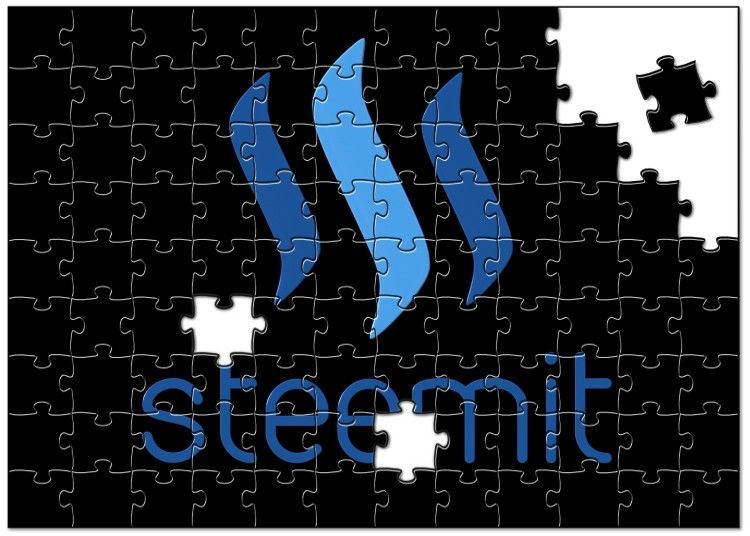Steem blockchain[edit]
Steemit runs on top of a decentralized network named Steem. Like Bitcoin, Steem is a blockchain with transferable tokens. In addition to moving tokens from one place to another, Steem is also a text content and metadata database that applications or websites can connect to. Through these apps, Steem users can transact and interact with the Steem database. Instead of using cryptographic hashes as addresses like many blockchains do, user-chosen alphanumeric account names are used. With human readable account names, transactions can be made directly from an identity to an identity, making them easier to understand than hexadecimal hashes.
Steem also reaches decentralized consensus differently than Bitcoin. It uses a method called delegated proof of stake where block-creating accounts, called witnesses, are elected by Steem users. Instead of relying on proof of work to find blocks, the Steem network actively schedules blockchain transactions to be processed in blocks every 3 seconds. Block producers are given a small part of the rewards created in each block; the rest is paid to authors and curators.
Unlike Bitcoin, Steem has no transaction fees for rate-limiting or to pay its block producers. Instead, accounts use bandwidth, which replenishes fast enough that a typical user is not affected or limited.
While steemit.com (owned by Steemit, Inc.) is the first and reference front-end website interface for the blockchain content of Steem, the network's open and permissionless nature allows third-party websites and apps to connect and interact with the Steem database and blockchain. A frontend website portal is known as a faucet. Several faucets have been created by third parties. These offer alternative interface designs or features such as Instagram-style image posting. Busy.org is a Steem faucet and website with an alternative user interface. eSteem is a Steem faucet app for Android and iOS. A forum-style beta app called chainBB is also available.
Non-Steemit apps and websites use the same Steem user credentials as used on Steemit. This is possible because the user account and password are part of the network database, using public-key cryptography. Only the user who owns an account can authenticate actions such as commenting, voting, or transferring with their password or appropriate key. Each account has a set of private keys with different access privileges. The lowest security level key allows posting, commenting and voting, but not transfers of currency. Therefore, with a hierarchy of keys, it is possible to use other Steem faucets without risking a loss of funds or account control.
Hi! I am a robot. I just upvoted you! I found similar content that readers might be interested in:
https://en.wikipedia.org/wiki/Steemit
Downvoting a post can decrease pending rewards and make it less visible. Common reasons:
Submit
Hi. I am a volunteer bot for @resteembot that upvoted you.
Your post was chosen at random, as part of the advertisment campaign for @resteembot.
@resteembot is meant to help minnows get noticed by re-steeming their posts
To use the bot, one must follow it for at least 3 hours, and then make a transaction where the memo is the url of the post.
If you want to learn more - read the introduction post of @resteembot.
If you want help spread the word - read the advertisment program post.
Steem ON!
Downvoting a post can decrease pending rewards and make it less visible. Common reasons:
Submit